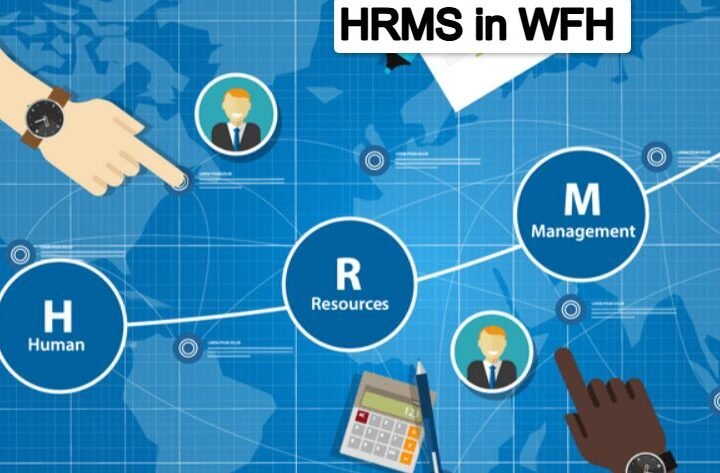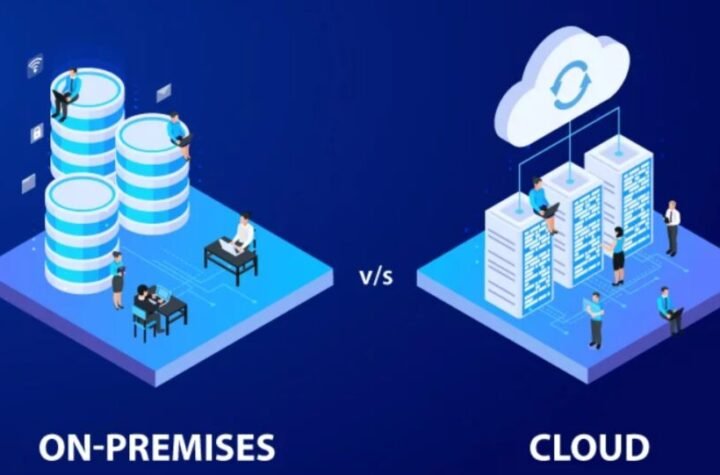
Preparing for Remote Work: What Apps and Hardware Are Required?
Remote work is no longer the future of employment; it is the present. Remote employees are more productive and engaged, have a better work-life balance, and help organizations save money on infrastructure. However convenient, Remote work presents a distinct set of difficulties, which necessitates the use of a specific set of tools to address them.
In this post, we’ll go over some remote working apps, hardware, tips, and methods for working well with your team while being productive and comfortable yourself. You’ll also learn about the finest collaboration tools for remote teams and employees.
Are you ready to start working? Let’s get started.
Mobile Hotspot
Reliable internet access is essential for remote work. If you work primarily from home, you most likely already have the fastest internet you can afford (if not, project number one). It can be wireless or a fiber optic cable. However, just to be safe, everyone on your team should have a mobile hotspot.
Mobile hotspots aren’t just for on-the-go internet access; they also serve as a backup in the event that your power or internet goes out. You may also use your phone to create a hotspot. Most newer iOS and Android phones and tablets include this functionality, which is known as Personal Hotspot on iOS and Mobile Hotspot on Android (look in the Wireless & networks settings on Android or the Settings in iOS). Remember that using your phone as a wireless modem may deplete its battery faster, and your cellular carrier may need you to purchase a hotspot (sometimes called “tethering”)
Software for Remote Desktop Access
Remote desktop apps securely connect you to a computer in another location, allowing you to work on it as if you were sitting in front of its keyboard. It’s a convenient way for remote workers to connect to computers at headquarters or if the home of another remote worker. As a bonus, you can troubleshoot your parents’ email problems from the comfort of your couch.
If you’re working from home and connecting to the office computer, your IT department should assist you in setting up remote access on your home computer. Microsoft’s Remote Desktop client is integrated into Windows, is accessible as a Mac download, and is extremely easy to use (all you have to do is press “connect” to start working remotely on the computer)
Headsets
There is a wide variety of headsets available, each with its own unique set of features. However, there are some specific factors to consider when selecting a suitable headset for work. The first and most important consideration is audio quality. The audio that the user receives, as well as the audio that he or she sends via the microphone, should be of the highest quality. No one wants to be misheard or have difficulty hearing others during an important business conference!
Also, because we’re talking about teleworking and everyone is working from home, we should include house sounds. Some employees have children, and their home is typically noisy; thus, it is critical to select a headset with a suitable noise-canceling capability. Everyone’s life is hectic these days, and their homes might be quite noisy, but high-quality noise-canceling headphones can filter out distractions, allowing you to focus on your job.
Flat Panel Interactive Displays
Large-format touchscreen displays known as Interactive Flat-Panel Displays (IFPD) are ideal for meeting rooms, collaborative spaces, whiteboarding, video conferencing, screen sharing, and other applications. These Interactive Flat-Panel Displays, which were designed to replace outdated projector technology, are simply collaboration solutions with high-quality displays, enhanced connectivity, and built-in software solutions. In other words, these displays are simply newer versions of interactive whiteboards with new features and technologies.
Users can connect to interactive flat panel displays using their own devices, or they can use the display’s multi-touch capabilities. They are simple to use and navigate, and their pre-installed software, such as ViewBoards, vCast, or Chrome, is extremely useful. Because of all of this, IFPDs is an excellent choice for hosting remote conferences.
Home Office Equipment
Last but not least, employees require a set of office supplies to be comfortable while working. They should have the proper setup to avoid developing back and neck pain or simply feeling exhausted and losing productivity after a few hours. Teleworking requires a proper chair designed to keep the back and neck comfortably in a standard shape, as well as a suitable desk with enough file cabinets. If you are having a hard time finding your office furniture visit keekea.com. Choosing a monitor with a qualified screen that will not harm one’s eyes is also critical.
Other office supplies, such as paper shredders, electrical multi-outlets, and surge protectors, are less necessary but beneficial. Aside from this, staff may require an extra monitor, printer, or scanner for certain responsibilities. To accomplish the most productive and desired teleworking, all of these should be offered.
Conclusion
To summarize, teleworking necessitates a significant amount of equipment, each of which is costly in its own right, far more expensive than the necessary software and apps discussed in our previous article. Again, businesses should view these expenses as investments that will pay off in the long run and help them meet their revenue targets. With the current state of affairs and the bleak outlook for the future, every dollar and penny spent will make remote work more productive, enjoyable, and sustainable.





More Stories
HRMS Invensis: Benefits and HRMS Services Offer by Invensis
JCBL HRMS: Key Features and Benefits
wheonx.com tech: Latest Tech News and Update